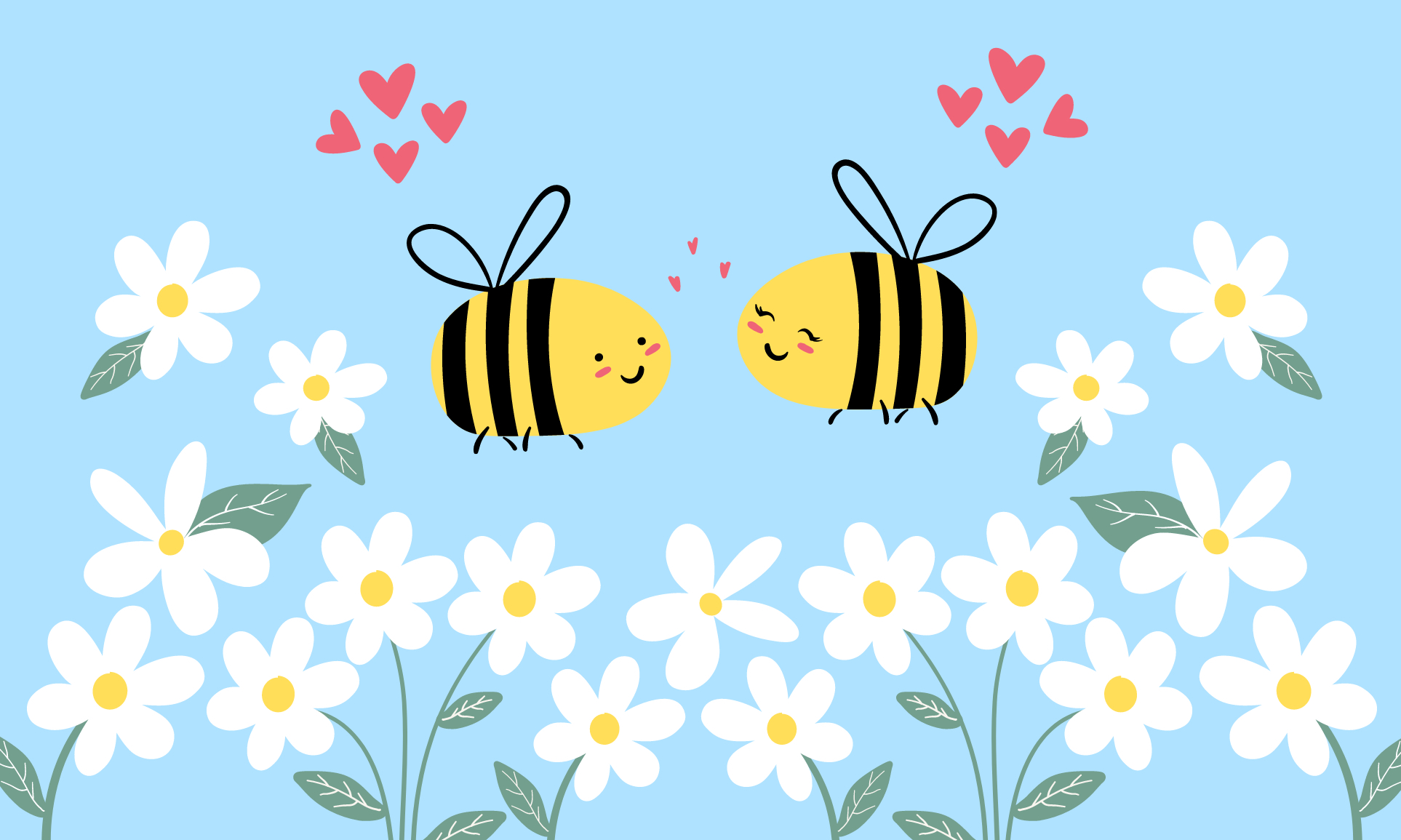One of my favorite parts of this season in New England is the sounds. The chirping of the birds, the buzzing of the bees, the sound of crickets singing in the grass. In the spring, summer, and fall we only have to open our windows to hear nature right outside. In the winter, my husband and I miss these sounds so much, we play a wildlife CD softly in the background at home.
Many of the sounds of late summer come from birds and insects. In recent years these pollinators like honeybees, bumblebees, and monarch butterflies have suffered significant declines in population.
Honeybees and Native Bees
In 2005 honeybee (Apis mellifera) colonies worldwide began suffering from Colony Collapse Disorder, or CCD, as it was termed. Some honeybee colonies were dying off at rates upward of 50 percent. Many large agriculture industries rely solely on domestic honeybees for pollination. For example, almond grove farmers in California will contract with a domestic honeybee farmer to relocate their hives to the almond grove once a year to pollinate the flowering almond trees.
Almond trees are just one example of a plant, important in our food system, which relies on bees for pollination.
There are also many plants that grow fruits we eat, which cannot be pollinated by honeybees, but are pollinated by the over 4,000 species of bees native to the United States. Tomatoes and eggplant cannot be pollinated by the honeybee, and plants like pumpkin, cherry trees, blueberry bushes, and cranberry bogs see more yield when pollinated by native bee species. According to the U.S. Fish and Wildlife Service: “Of the hundred or so crops that make up most of the world’s food supply, only 15 percent are pollinated by domestic bees, while at least 80 percent are pollinated by wild bees and other wildlife.”

What’s Causing This Bee Decline?
Many of our native bees are suffering habitat loss due to monoculture agriculture, the practice of producing or growing genetically similar plants, over large areas, year after year. Think of soybeans or corn grown in the Midwest, acre upon acre of the same plant. Why would this cause problems? Pathogens spread quickly when the host plants are crowded and genetically the same. This means that acres of habitat can be lost in a single season. According to the Food and Agriculture Organization of the United Nations, only 12 plant species provide 75 percent of the world’s total food supply.
Pesticides and herbicides are also having a large impact on our native bee and honeybee populations. Pollen from flowering plants grown from neonicotinoid coated seeds can damage the digestive track of bees to the point where the bee cannot digest carbohydrates, leaving them weak and without enough energy to return to the hive. Beekeepers report that bees are carrying this contaminated pollen back to hives, where emerging generations of bees then dine on a steady dose of the pesticide. Bees aren’t the only pollinator that’s been affected by pesticides and herbicides. Monarch butterflies lay their eggs on milkweed plants and the larvae feed off the plant once hatched. Milkweed has almost been wiped out in the Midwest. Between 1999 and 2010, milkweed declined by 58 percent.
This coincides with the introduction and spread of glyphosate-tolerant (Roundup-Ready) corn and soybeans throughout the Midwest.
In a 2014 habitat study, monarchs were found to have had a 59 percent decline in their population, and if this trend continues the monarch could be in danger of extinction.
What Can You Do?
You can help to build a pollinator-friendly habitat in your own back yard!
- Plant a pollinator garden (with pollinator friendly plants), with a variety of native flowering trees, shrubs, and wildflowers that bloom successively throughout the seasons.
- Provide a source of pesticide-free water and mud. Mud is an important nesting material for some bee species and providing a clean source of water for birds and other pollinators limits their exposure to possible toxins.
- Provide a nesting habitat for bees. A simple bare spot here and there (no mulch or grass, just bare soil) is enough for hard working soil nesting native bees. A sand pile may be even better.
- Buy or build a bee house.
- Look for organic pollinator-friendly plants at the Co-op!
Emily Rogers is the Co-op’s Manager of Member Education.
—-
Editor’s Note: Honeybee or honey bee? The Associated Press and New York Times go with one word, while many entomologists go with two. Around here we tend to go with AP style, but in our view, ultimately it really doesn’t matter what you call them, as long as we all work together to show ’em a little love.

